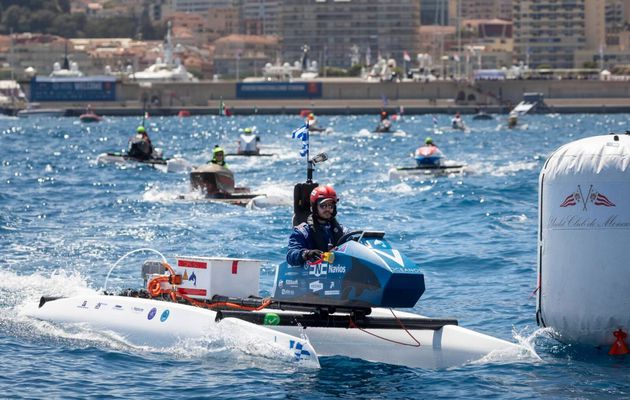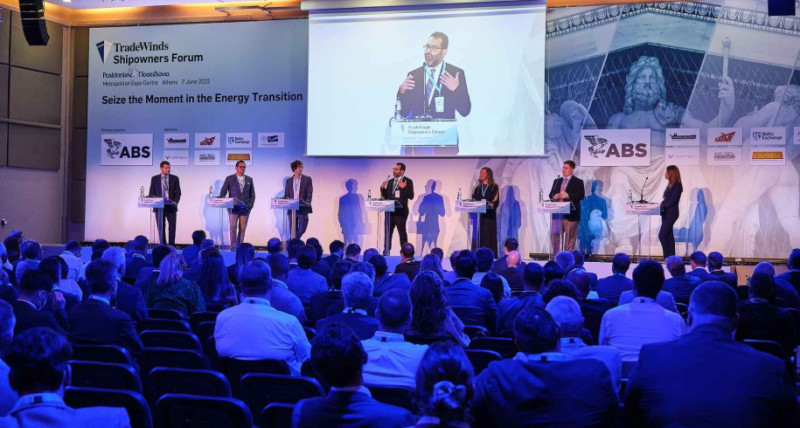Flexens, Lhyfe, and Stockholm University deliver the findings of the BOxHy project, which aims to assess the feasibility of injecting oxygen derived from hydrogen production through water electrolysis to combat the « suffocation » of the Baltic Sea. The pilot injection project, coordinated by Lhyfe, will be announced in the coming months.
Flexens, Lhyfe, and Stockholm University published today the full report of the « BOxHy » project launched in October 2023.
The findings outline the framework for the pilot oxygen injection project at sea, « BOxIn, » which will be announced in the coming months and is expected to last around 6 years. The partners also highlight the growing interest from scientists, industry players, and policymakers in addressing the major issue of ocean « suffocation » (deoxygenation) and the option of reoxygenation, exemplified by the United Nations’ approval of the project as part of the United Nations Decade of Ocean Science for Sustainable Development 2021-2030 (Ocean Decade) through October 2024.
Ocean « deoxygenation » is a growing global phenomenon impacting humanity, and various stakeholders are seeking to combat it regionally and proactively.
Since the 1950s, oceans worldwide have been losing oxygen.
The causes include climate change and water pollution. On one hand, climate change raises surface water temperatures, which alters the concentration of oxygen in the water, stratification, and ocean currents (their routes and properties). On the other hand, nutrients released in mass into the coastal environment through runoff (mainly from fertilizers or wastewater) lead to excessive algae growth. The bacteria responsible for decomposing the algae consume oxygen, and the more algae there are, the more oxygen the bacteria consume: this is eutrophication.
When oxygen levels become too low, bacteria start emitting new substances, like phosphorus stored in sediments, which further nourish the algae. This vicious cycle depletes oxygen levels, leaving insufficient oxygen to sustain marine life.
Oxygen is crucial for marine life, particularly for the fish that feed us.
In addition to emphasizing the urgency of drastically reducing CO2 emissions and water pollution to stop this phenomenon, Lhyfe, Flexens, and Stockholm University stress the importance of exploring, in parallel, the possibility of reversing it. Among possible solutions, reintroducing oxygen into these « dead zones » is now under consideration.
This ambitious project of ocean reoxygenation using hydrogen production at sea aims to leverage future offshore hydrogen production sites built by the French company Lhyfe near offshore wind farms to provide a service to the environment.
Lhyfe is building both onshore and offshore sites (e.g., the HOPE project planned for 2026). When hydrogen is produced through water electrolysis, the water molecule is split into two, producing hydrogen and oxygen. The company proposes to make this oxygen available to the ocean.
The stakes are high: the reoxygenation work must be carried out with a meticulously strategic and scientific methodology and over the long term, to avoid further disrupting ecosystems. That’s why the BOxHy project has been conducted by a consortium of industrial players and scientists working collaboratively.
A scientific methodology to define the contours of an oxygen injection pilot The report published by Flexens, Lhyfe, and Stockholm University details the results of the BOxHy project, which involved evaluating the feasibility of oxygen injection to fight hypoxia and anoxia in the Baltic Sea, assessing suitable coastal sites for a small-scale pilot project, and determining the quantities, depths, methods, and more.
Through a detailed scientific survey, 19 Baltic Sea coastal sites were studied, and 3 were identified as potentially suitable for an oxygen injection pilot. Ten criteria were considered to select these sites: presence of anoxia, pre-existing monitoring programs, possibility to install the pilot infrastructure, existing high-resolution bathymetry (measurement of ocean depths), evaluation of local socio-economic conditions, regulations, human presence, site accessibility, and more.
This pilot is expected to last around 6 years, with a baseline measurement period, a minimum of 3 years of oxygen injection, and an additional year of observation after the experiment. It will require a budget of 5 to 6 million euros.
Lhyfe is expected to communicate the details of the next phase, the pure oxygen injection pilot, called BOxIn (Baltic Sea Pilot for Pure Oxygen Injection), in the coming months.
The final location, size, and duration of the project will partly depend on the funding obtained.
This project has also explored the industrial phase of reoxygenation. With the emerging offshore wind energy production and growing demand for renewable hydrogen, the development of offshore sites for hydrogen and oxygen co-production has been deemed feasible.
Source: actunautique




